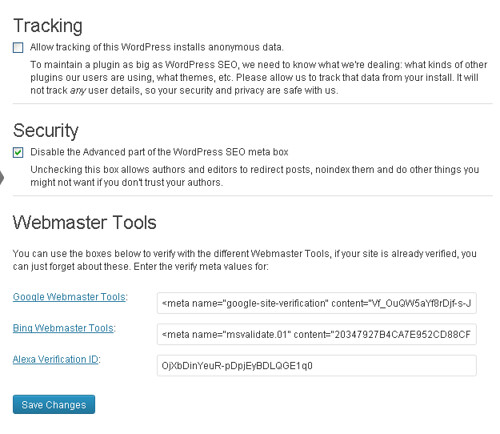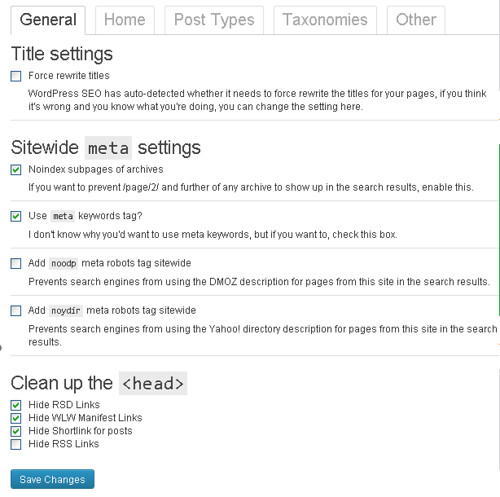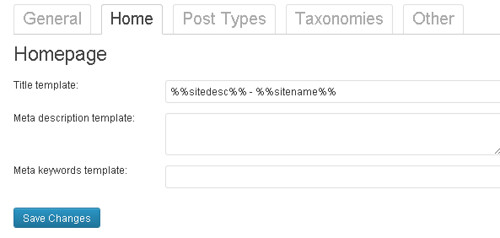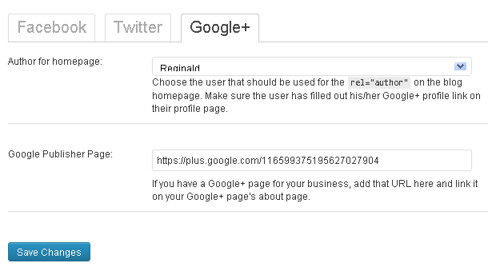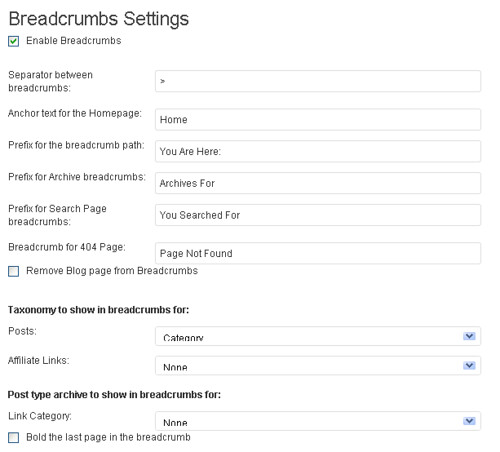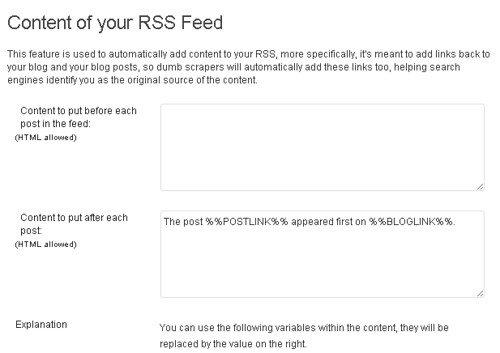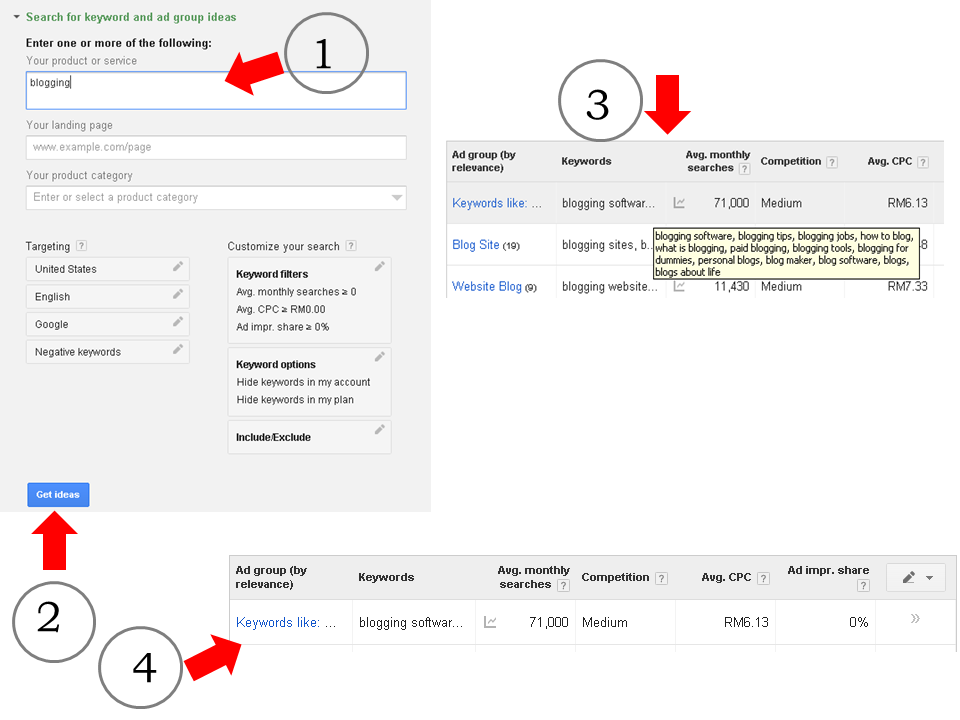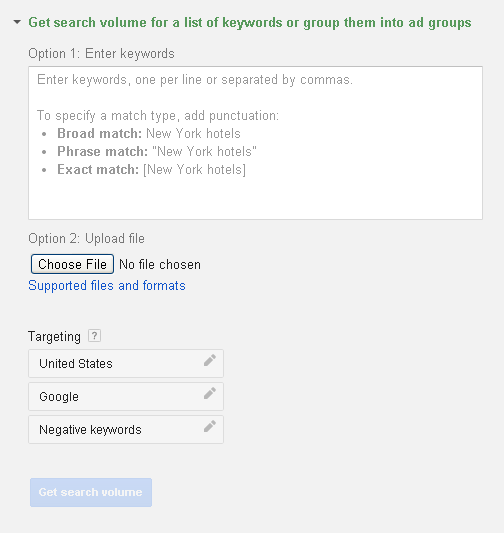By now, you probably had read a dozen or more website optimization techniques on the web and probably, you are using some of them now. Have you ever wonder what are the recommended website optimization techniques recommended by Google?
From my own experience, I noticed that many optimization techniques nowadays are leaning towards to outsmart Google. They claimed that they have hijacked and even hacked the big G. Truth is … did they REALLY achieve that?
Matt Cutts even said this a thousand times on his blog and Youtube channel; Don’t outsmart Google. Just follow what Google wants and you will be ranking just fine.
Before we go into detail, here is my podcast on the whole topic. Yes, allow me to explain the whole topic in less than 6 minutes.
Google recommended website optimization techniques
When it comes to optimizing your website, it is not wise to over do it. Most of the time, SEO is rather aggregated and this my friends, impacted the search engine world one way or another.
Ever heard about the slow and steady wins the race? The same concept applies to web ranking.
If you think that SEO is tough, you are wrong. This is how you can learn SEO in just 521 seconds.
Through the years, Google had always recommend specific (and repeated) optimization techniques for bloggers and webmasters. Here are a list of them.
1. Content is (still) king

If you want to rank well, forget about writing for bots. Instead, focus in writing quality articles.
One of the most common question asked by many are “How long should an article with good quality be?”
The answer is … it is totally up to you. By rule, articles should be at least 600 words. I am a huge fan of longer articles and nearly all my write ups are above 1,000 words. It doesn’t mean that just because my write ups are long, I am writing quality articles.
The easiest way to determine that you had done a great job writing is by reading through the draft after several hours of completing it. Read it from a reader’s point of view and judge if the article is useful. Personally, I read my drafts 3 times at least in a period range of 48 hours.
Quality control – checked!
Related read: What are the steps to build a high traffic website from scratch?
2. Focusing on the right keywords
If you want to rank well on search engines, you need to use the right keywords. I call it, SEO keywords; Basically keywords that has SEO ‘properties’ in it and would have a better score in search ranking.
With Google Penguin 2.1 update, it is rather useless to put all your money into long tail keywords. The simplest trick is to have a variety of them. Maybe you can use 60% long tail and 40% general keywords ratio for example.
The mistake here is when bloggers focus too much on keywords. Keywords serve as a guidance for bloggers and they are NOT your traffic generator.
Using the right keywords will steer you to the right course and that’s it. Even though keywords usage are important for a website, there are many other factors that contribute to this.
So when it comes to keywords, moderation is the key. Focusing on long tail keywords is not wrong but make sure you are focusing on several keywords instead of one.
When it comes to keywords research, Long Tail Pro is one of the best tools out there. However, if you are not affordable for it, this is a complete guide on how to use Google Keyword Planner for your day to day keyword research.
3. Practice proper backlinking methods

Backlink has been the bread and butter of SEO and it has not changed at all. The biggest issue that make Google ‘unhappy’ is that there are too many bloggers, affiliate marketers and even webmasters who use black hat tools to build backlinks.
So, why use black hat tools right? The answer is simple; They want to build backlinks fast. Imagine blasting out Tier 1, 2 and 3 links by the thousands daily.
Backlinking should always be done in a moderate way and most importantly, those links must be natural. Building thousands of backlinks overnight will not prove useful and you will just open the backdoor for Google to slap you with penalization.
When you are building backlinks, follow these rules:
- Build natural links
- Avoid paid backlinks
- Avoid using black hat SEO tools for link building
4. The importance of internal link building
We all know how important it is to build external backlinks but internal backlinks play a huge role too. Matt Cutts has explained it perfectly well in this video.
Personally, I feel the most important part about website optimization which emphasized by Matt Cutts is that you need to have a good website structure.
A good website structure will help you to:
- Reduce the chances of losing PageRank juice
- Improve visitor’s navigation
- Increase your Page Authority (PA) and Domain Authority (DA)
5. Using the NoFollow tag could boost your website ranking
How many of you actually agree with the above sentence?
The NoFollow tag plays a huge role in terms of website optimization especially when you do not want Google to index a specific link on your page. Those links could ranged from:
- Affiliate links
- Non related links
- Paid links
Related post: What is NoFollow tag and how it can affects SEO?
6. Make a SEO-friendly URL

Let me ask you a question, “What is a a SEO-friendly URL?”
Here’s two example:
8 (No Brainer) Website Optimization Techniques To Skyrocket Your Blog Ranking
Now tell me. Which looks better and cleaner?
Obviously the second one right? It doesn’t only look cleaner but it also makes the website link easier to read. When it comes to selecting a proper URL string or permalink in this nature, it is best not to overdo it.
Most of the time, simplicity is the best.
Pro tip: Use hyphens in URLs and file names, not underscores. Hyphens are treated as a ‘space,’ while underscores are not.
7. Include a sitemap page
Sitemap or site map; It doesn’t matter which is the correct write but you really need one if you want to rank well on search engines.
You have to remember that crawlers or spiders are not able to crawl pages that cannot be crawled. A sitemap will help the spiders to index all the pages while allowing it to determine which is the best and most important pages for your site (great for sitelinks).
Crawlers are just like human. They might get ‘lost’ if the navigation is too complicated and messy. If your site is large, make several site map pages. Keep each one to less than 100 links.
For best website optimization practise, it is always recommended to submit your sitemap manually once a month to both Google Webmaster Tool and Bing.
Recommended tool to put sitemap creation and submission on autopilot: WordPress SEO by Yoast.
8. Become a student of SEO
Have you ever wonder why there are so many channels created by Google Webmaster team? Yes, they want you to learn what is SEO all about!
SEO is ever changing and thus, you should too. There isn’t any straightforward way to really rank well on search engines (or else everyone already trying to do that).
The most effective website optimization techniques is to understand what SEO is all about, which you can read it all here. Search Engine Optimization (SEO) for Dummies.
If you want to improve in SEO or learn more about SEO, it is highly recommended to subscribe to:
Or, you can signup for my newsletter to get the latest SEO strategies below:
Did I miss out anything?
I hope you enjoyed these 8 website optimization techniques that truly work for me. However, I am sure there are probably a dozen more of these and feel free to add them up using the comment form below.
If you have not hear my podcast above, here’s the link for it again: 8 SEO Techniques Recommended By Google.




